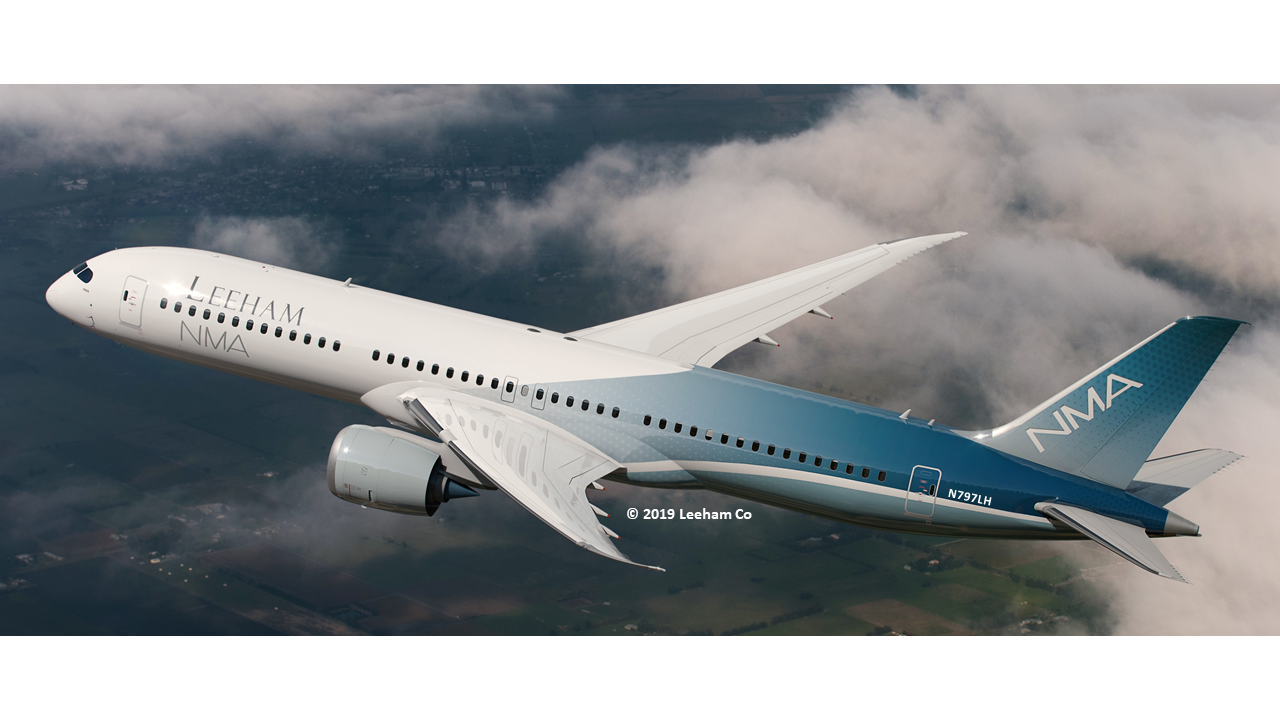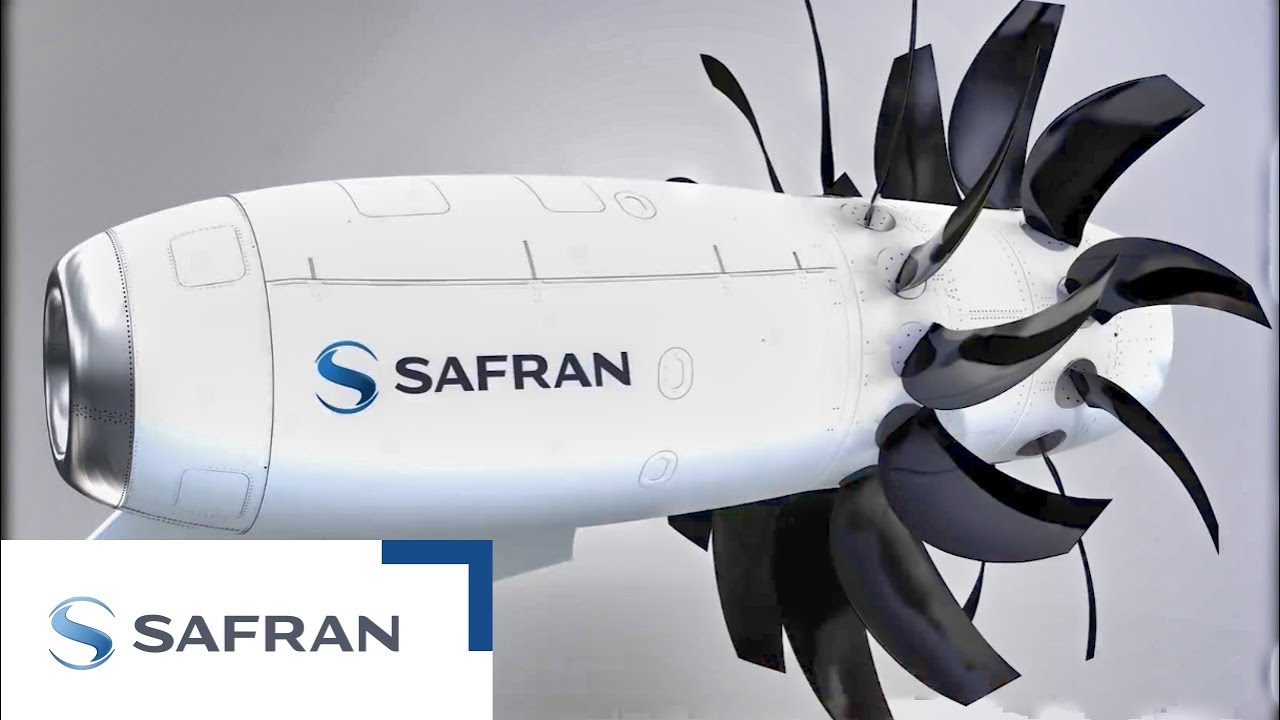Leeham News and Analysis
There's more to real news than a news release.
Analyzing the trades between a single- and twin-aisle NMA
Subscription Required
Now open to all readers.
By the Leeham News Team
Introduction
April 8, 2021, © Leeham News: Some people believe Boeing should launch a new single-aisle airplane about the size of the 757-200/300 to compete with the Airbus 321neo.
Others believe the new airplane should be a twin-aisle aircraft. A few, including LNA, believe the new airplane must be a three-member family and must be a twin-aisle.

The largest member of a single-aisle Boeing NMA would be longer than the Boeing 757-300. Photo: Delta Air Lines.
Whatever the new airplane is, the general specifications are aircraft up to 250 passengers in two classes and a range of up to 5,000nm.
There is also agreement the airplane must start across from the A321neo. Configurations vary widely, but 190-200 seats in two classes are common.
Boeing CEO David Calhoun said on an earnings call that the next new airplane will compete with the A321 and cover the Middle of the Market.
Summary
- A single-aisle, 250-passenger airplane would be longer than the 757-300.
- Technical build challenges, while not insurmountable, exist with long, thin airplane.
- Gate and ramp space constraints accompany a long airplane.
- Other trades exist for a twin-aisle design.
Differentiation in the marketplace and the time for the open rotor
Subscription Required
By the Leeham News Team
Introduction
Feb. 22, 2021, © Leeham News: Airliners are now so efficient, one challenge facing Airbus and Boeing in competing is overcoming the laws of diminishing returns.
LNA described this challenge Feb. 8. Additionally, airport infrastructure erects a vast number of design roadblocks.
We focused on the creation of the 737 replacement and how difficult it will be to make meaningful performance upgrades to the economics of the vehicle. We outlined the next battle in product differentiation most likely will occur in optimizing non-flying time operations, focusing on ground operations as the next efficiency battleground. Since then, it was reported that Boeing indicated that a new aircraft sized between the 737 and the 767/NMA was a front runner in their future planning.
Summary
- NMA Lite needed for 737-9/10 to 787-8 sector.
- Replacement for 737-7 and 737-8 best suited for Open Rotor design.
- What an Open Rotor plane might look like
Pontifications: Boeing’s right direction, but don’t get ahead of reality
Feb. 8, 2021, © Leeham News: Boeing appears to be heading in the right direction: launch a new airplane program to take care of its 737 MAX product weakness. And do something different by pursuing the “NMA Lite” concept: a twin-aisle, three-member family starting at ~185 seats through ~250 seat and up to 5,000nm in range.
But don’t get ahead of ourselves on the NMA Lite. There are a lot of Ts to cross and i’s to dot.
And anything can change between now and a concerted effort to survey customers, prepare the supply chain and ask the Boeing Board for Authority to Offer the NMA Lite for sale.
Importantly, a three member family dramatically expands the potential market. Publicly, Boeing said the market for the NMA is about 4,000. Internally, officials knew it was more like 2,100—with Airbus capturing perhaps half.
With a third member, demand increases by roughly 7,000.
It’s tough to make a business case for 1,050 airplanes. It’s much easier for 4,550.
Still, this is the best news I’ve seen come out of Boeing in years. Even pre-dating the MAX ground. And pre-dating the COVID pandemic.
The world of diminishing returns: challenges Boeing faces
Subscription Required
By the Leeham News Team
Introduction
Feb. 8, 2021, © Leeham News: Boeing faces a dilemma of Solomonic proportion.
Which direction should it extend its product offerings?
With the suspension a year ago of the New Midmarket Airplane (NMA) project by incoming CEO David Calhoun, Boeing’s future airplane strategy was upended.
Some Internet pundits said Boeing needed a clean-sheet replacement for the 737. Others said it needs to be a 757/NMA sized vehicle.
Last week, Aviation Week reported Boeing appears to now be headed in the direction of a three-member “NMA Lite” family. LNA outlined this approach last June. Feb. 3’s LNA post has more detail.
While Boeing faces near-term decisions, the challenges go well beyond launching a new airplane and the new engines required to power it.
Summary
- Advances of diminishing returns.
- Staying within the ICAO box.
- Taking the fight to the ground.
Finally, Boeing moves in the right direction
By Scott Hamilton
Feb. 3, 2021, © Leeham News: At long last, Boeing seems to be moving in the right direction on its next new airplane.
Aviation Week reported this week Boeing appears to be developing a third member of the New Midmarket Airplane (NMA), dubbed the NMA-5X. The NMA-5X is sized directly across from the Airbus A321neo family. It’s the third member of the NMA family that was missing throughout Boeing’s struggles to form a business model for the NMA.

A three-member NMA Lite family is needed for Boeing. Clockwise, they are the NMA-5, the NMA-6 and the NMA-7. Source: Leeham News.
The current concept is also what Boeing wanted to do in 2011 when Airbus forced its hand with the huge American Airlines order for the A319/321ceo/neo. Boeing launched the 737 MAX instead.
Pontifications: Unraveling the numbers
Feb. 1, 2021, © Leeham News: Understanding the real market demand for an airplane sector is a complicated thing.
What Airbus and Boeing say the market is for an airplane sometimes is a matter of what they don’t say.
On the Jan. 27 earnings call, Boeing set the program accounting for the 777X at 350 airplanes. This number declined from 400. Simultaneously, Boeing took a whopping $6.5bn forward loss on the program. (Not all is attributed to the accounting block.)
Later in the same call, CEO David Calhoun said, “Across the total widebody market of more than 8,000 projected deliveries over the next two decades, we see replacement demand for over 1,500 large widebody airplanes which are well suited for the 777X.”
Some interpreted this to mean that Boeing expects to sell 1,500 777Xs.
Well, not really.
So, let’s unravel these numbers and what “market demand” or “replacement demand” means. Everything discussed below applies equally to Airbus or Boeing.
Pontifications: Don’t lose sight of the future, says top Boeing exec
Dec. 7, 2020, © Leeham News: “It’s really important that we stay in tune with the market dynamics, making the adjustments we need to do and not lose sight of the future. Which is absolutely we are not doing.”
Greg Smith, the of Enterprise Operations and chief financial officer for The Boeing Co., added, “We haven’t lost sight of the importance of making investments that are critical to the future of the business. So, when we think about future product strategy, we’re continuing to reprioritize and streamline our R&D investments to CapEx.
“When we were in pursuit around the NMA, we asked the team to step back and reassess the commercial development strategy and determine what family of aircraft to be needed for the future. And that team continues to work and they’re building off the work that we did on NMA.”
Smith made the remarks at last Friday’s Credit Suisse annual conference.
2024 will be key year for Boeing in Washington
This is the second in a series of articles examining how labor, Boeing and Washington state could move forward following the COVID pandemic. The first article is here.
Subscription Required
By Bryan Corliss
Analysis
Introduction
Nov. 30, 2020, © Leeham News — You might want to set yourself an Outlook calendar reminder for January 2024.
It’s going to be a pivotal year for Boeing, its home state and its workforce. By then, the company’s recovery from the current Covid-caused crisis should be underway, with the order book refilling.
The countdown should be on for the long-delayed roll-out of the reconceived NMA, at long last giving Boeing a real counter to the Airbus A321. And — barring a surge in 737 MAX orders after its return to service — Boeing could be close to making some tough decisions about the future of the 737 program, thinking hard about whether after 60 years it’s finally time to design and build a clean-sheet replacement.
Also by then, the 787 program will have fully consolidated into Charleston, and the last 747 will have departed the Paine Field flight line, leaving The World’s Largest Building (By Volume) half-empty.
Then, in January 2024, Boeing’s contract with its touch-labor union – IAM District 751 – will expire, after a 10-year extension that was part of the price Machinists paid to ensure the 777X would be assembled in Everett. For the first time since the summer of 2008, the two sides will sit down at a bargaining table with the union having the ability to call for a strike.
What happens between now and January 2024 will pretty much decide the future of Boeing in Washington state. If the players are clear-eyed and rational, we could see a return to the days when high-skilled workers built high-quality planes that created handsome profits for Boeing shareholders and family-wage jobs for Boeing workers.
A lost decade for aircraft manufacturers, suppliers
Subscription Required
Now open to all Readers
Introduction
By Judson Rollins, Bjorn Fehrm & Scott Hamilton
Sept. 21, 2020, © Leeham News: Commercial aviation is facing a lost decade due to COVID.
Yes, most forecasts target 2024-2025 as returning to 2019 passenger traffic and aircraft production levels.
However, LNA in July published its own analysis indicating full recovery may not occur until 2028. Breathless headlines notwithstanding, it will take years for vaccines to be widely available and considered safe by enough of the world’s population. Growing concern about vaccine production and distribution capacity through 2024 underscores this view. Even Southwest Airlines CEO Gary Kelly said earlier this month that business travel might not fully return for a decade.
Indeed, the 2020s may well be a lost decade for aircraft manufacturers and their supply chains.
 Summary
Summary
- Debt-laden airlines will have little money to order new airplanes
- Interest in re-engined 787, A350 likely nil this decade
- Airbus, Boeing, Embraer have little interest in launching new programs
- Engine makers too financially stretched to develop new designs
- Engineering talent, knowledge will be decimated by inevitable job reductions
- OEMs must “play the long game” at a short-term cost to safeguard their futures
Boeing seeks to cut production costs of 787-8 to boost sales
By Scott Hamilton
Sept. 2, 2020, © Leeham News: Boeing is considering production changes to the slow-selling 787-8 to lower costs and boost sales.
The effort comes at a time when global passenger traffic is at record lows and recovery of international traffic is forecast to take four or five years.
As airline traffic recovers, carriers appear to be favoring smaller aircraft in restarting suspended routes.
In recent years, Boeing discouraged sales of the 787-8 because it is a low margin airplane with high production costs. This is a legacy of the program and development difficulties from 2004-2011, when it finally entered service.
The 787-9 and 787-10 are high margin aircraft Boeing counted on to reduce the billions of dollars in deferred production and tooling costs. At one time, this exceeded $32bn.
The early program difficulties resulted in the production and parts of the -8 to be substantially different than the -9/10, which have 95% commonality. The -8 was only 30% common.





